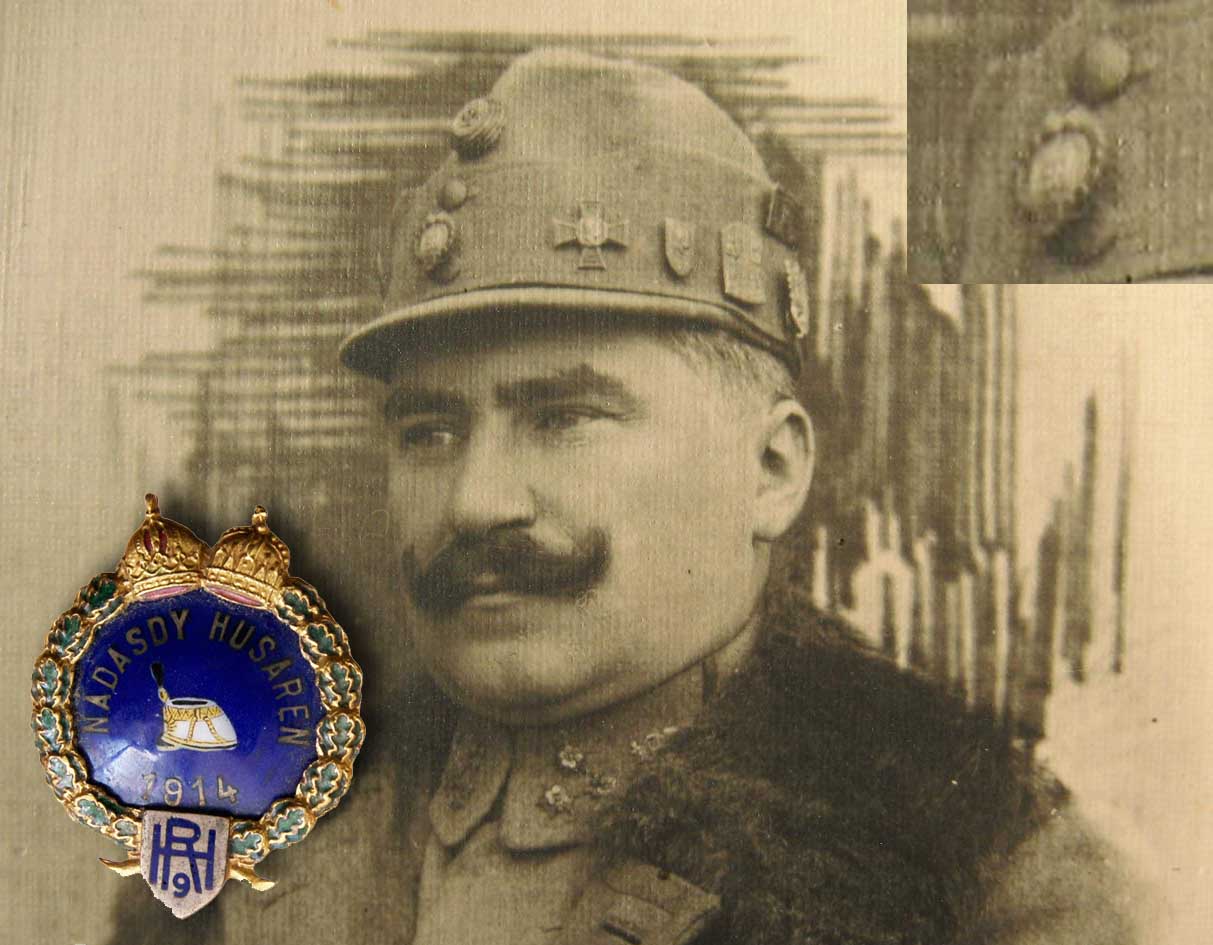Hussar regiment No 9 “Nádasdy”
The regiment was founded in 1688 by Count Ádám Czobor with the permission of Emperor Leopold I. The crew was recruited from the areas of the North-Western part of Hungary. At the time of its foundation and thereafter, the regiments were called after the name of the regiment’s maintainer and owner. From the mid-1700s, the title of regiment owner was only honorable and was not related to the actual direction of the regiment. By this time, the regiments were already operating under regular state rule. During the Great War, Count Ferenc Nádasdy became the hereditary owner of the 9th Hussar Regiment. In many cases, the title of was no longer honored or rewarded, but vice versa. The great warlords of past times had set an example for the regiment’s crew to follow. The regiment took the name of Count Ferenc Nádasdy in 1888. Count Ferenc Nádasdy (V, 1708-1783) rose to the rank of general and was the hero of the Battle of Kolin in the Seven Years’ War. This is also indicated by the fact that the day of the regiment was the anniversary of the Battle of Kolin.
At the beginning of the Great War, the regiment was subordinated in the 10th Cavalry Division, which functioned as part of the 5th Corps. The commander of the regiment in 1914 was Colonel Ottmár Muhr. He died in the battle of Limanova in December 1914. You can read more about this battle here. In the continuation of the war, the cavalry was less and less able to perform its duties adapted to mobile warfare. Regiments were delegated by company to infantry units, mostly under divisions, for special tasks. Later, most of the cavalry was deployed as infantry. The 9th Hussars remained in the body of the 10th Cavalry Division until the end of the war, but were later used exclusively as infantry. They were deployed in Transylvania in 1917 and on the Italian front in 1918.

The central theme of the post is a portrait of a captain of the regiment. To the left of the officer’s field cap are the insignia of several higher units, including those of the German Southern Army and the Bavarian 8th Reserve Division. These were placed on the cap from units with mixed German and Austro-Hungarian troops operating in 1916 under the command of the German general Linsingen in eastern Galicia. More interesting to us is the regiment badge between the two buttons at the front of the cap. Magnifying this clearly shows that it is a beautiful enamel badge of the 9th Hussar Regiment. Judging by the composition of the badges, the picture was probably taken in 1916.




